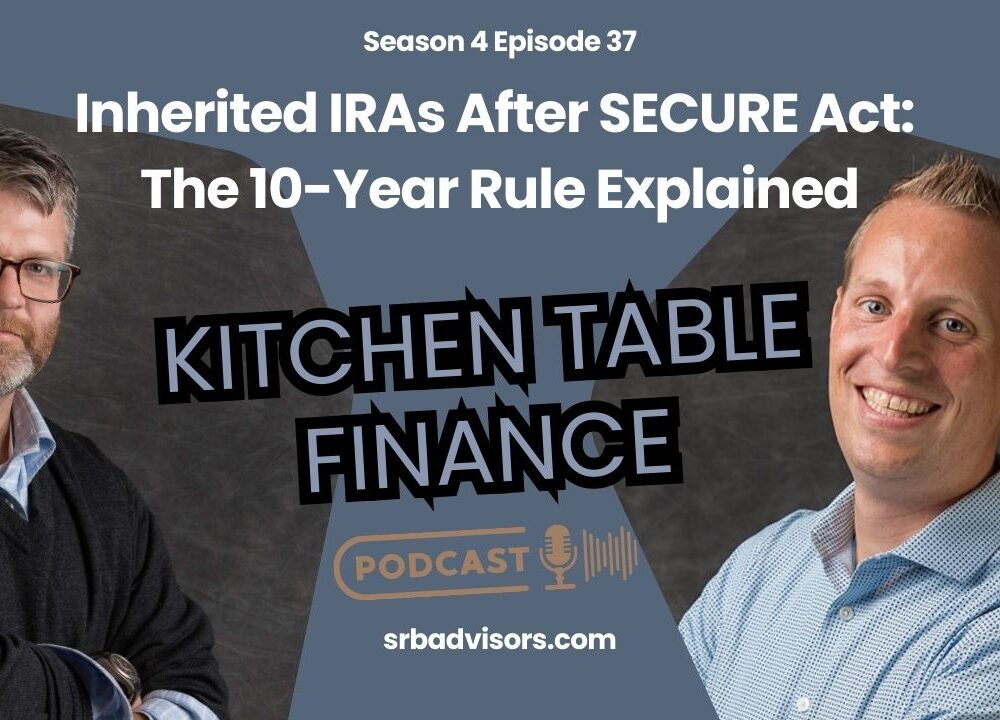What is a Market Bubble?

The term bubble gets thrown around a lot by market commentators. Pessimistic bears tend to say the market is in a bubble whenever it has gone up since their bearish nature leads them to expect it should be down. But what is a bubble, and how should we use the term properly when describing markets?
Dr. Robert Shiller, the winner of the Nobel Prize in Economics, defines a bubble as “a social epidemic where price increases lead to further price increases,” (Crosby 208). As Daniel Crosby describes in his book “The Behavioral Investor” describes bubbles as a circular process based on this social idea:
- Prices go up for fundamental reasons, such as increasing earnings.
- The increase in prices attracts attention from a broader audience.
- Pundits create a story to explain the price increases.
- As the story spreads, the price increases further, well beyond the initial fundamental reasons.
- The story is broken, and the price falls back in line with fundamentals.
The Story That Drives the Bubble’s Cycle
The story that drives the bubble’s cycle is often based on some new idea that is considered revolutionary and the fundamentals are not understood. The Dot Com bubble of the late 1990s is a great example: As companies began to understand how to use the internet to create new opportunities, their stocks began to rise based on expected earnings. But as the story caught hold of investor imagination, prices for any internet–related stock rose much faster than their earnings could possibly justify – many of the early dot com businesses didn’t HAVE any earnings. Companies that didn’t have anything to do with the internet changed their names to suggest that they did business online and saw their stock prices soar. Crosby cites a couple of extreme examples: “the stock of the story Computer Literacy Inc. rose by 33% in a single day simply by changing their name to fatbrain.com,” while “Mannatech Inc, whose shares shot up 368% in the first two days following the initial public offering,” not realizing that despite its techie name, Mannatech made laxatives (Crosby 203).
And then in early 2000, the story’s spell was broken. Investors looked around and realized that the prices for tech companies had risen so far and so fast that there was no way their earnings could catch up to support the prices, and many of the companies had no earnings at all. Prices came crashing back down. Much like the fairy tale of the Emperor’s New Clothes, once investors see through the story driving a bubble, there is no going back. The market recovered, in a much more sensible manner, resurrecting the companies that had viable business models with a renewed focus on sustainable growth.
The Tech Bubble Example
The Tech Bubble is a good example because the mania was so broad-based and the examples that should have made the bubble obvious, as noted above, seem absurd in retrospect. I personally recall a potential client in their 80s with no stock market experience asking if I thought it would be a good idea to put all the funds from her maturing certificate of deposit, most of the money she had, in “something called MCI WorldCom.” MCI WorldCom went bankrupt shortly after.
Remember, whether we are talking about tech stocks in the 1990s, tulip bulbs in the 1600s, or Beanie Babies in the 2000s, these absurdities are often only obvious in retrospect. The meme stocks of last year or the cryptocurrency craze are more recent examples. It’s very difficult to ascertain whether or not Cryptocurrency has any underlying value, yet speculators drove the price to crazy levels in 2020 and 2021 only to see them collapse when the story changed, and internet posters came together to drive the prices of Game Stop and AMC Theaters far beyond anything their earnings prospects could ever support.
Conclusion
Every rising stock or a general increase in the stock market does not indicate a bubble. If stocks are rising because the economy is expected to improve or because a particular company should see an increase in its earnings, it more likely indicates a sustainable growth in price based on real and reasonable expectations. The idea of bubbles can work both ways: investors who worry about bubbles that aren’t there may never invest and miss opportunities. Lastly, remember that the market survives bubbles and rewards those who invest wisely over time rather than short–term speculators chasing stories.
About Shotwell Rutter Baer
Shotwell Rutter Baer is proud to be an independent, fee-only registered investment advisory firm. This means that we are only compensated by our clients for our knowledge and guidance — not from commissions by selling financial products. Our only motivation is to help you achieve financial freedom and peace of mind. By structuring our business this way we believe that many of the conflicts of interest that plague the financial services industry are eliminated. We work for our clients, period.
Click here to learn about the Strategic Reliable Blueprint, our financial plan process for your future.
Call us at 517-321-4832 for financial and retirement investing advice.
Share post:

